Norwegian air defense systems NASAMS for Ukraine. Will they give or refuse?
The Ukrainian army suffered the most serious losses in armaments and equipment, and it is proposed to make up for them with foreign military-technical assistance. The country's leadership begs foreign countries for certain products and systems. Recently, the list of desired military products was replenished with the NASAMS anti-aircraft missile system, which Norway could transfer.
New Request
On March 30, Ukrainian President Volodymyr Zelensky delivered an address to the Norwegian Parliament. As in previous recent speeches, he again complained about the difficult situation of the country and Russian aggression, recalled the security of Europe, and so on. At the same time, Zelensky did not forget to once again ask for military-technical assistance.
He named a number of systems and weapons that Ukraine urgently needs "to protect freedom." Of particular interest in this list are Harpoon anti-ship missiles and NASAMS anti-aircraft missile systems. In addition, anti-tank and artillery systems were again mentioned, etc.
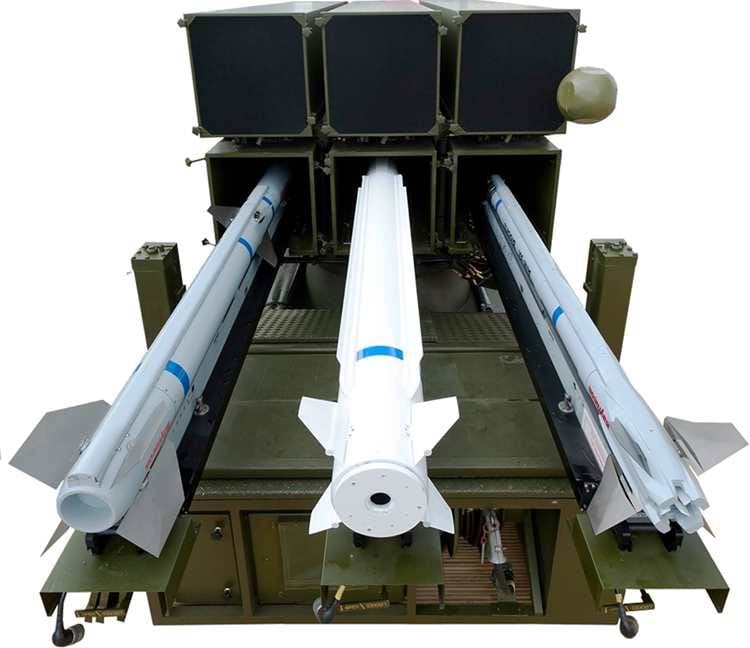
The Norwegian authorities have not yet responded to the Ukrainian request. Individual representatives of the authorities made some comments, but there is still no common official position. When it will be developed and what it will be is unknown. However, there is every reason to believe that the Norwegian authorities will refuse to supply complex and expensive missile systems.
It should be noted that Norway has already provided military-technical assistance to Ukraine. So, at the end of February, a decision was made to transfer various ammunition and weapons worth more than 220 million euros. It was planned to transfer 2 thousand M72 grenade launchers, a large number of cartridges, protective equipment, food rations, etc. More complex and expensive products were not transferred, and plans of this kind were not reported.
Desired complex
The NASAMS product (Norwegian Advanced Surface to Air Missile System - “Improved Norwegian Surface-to-Air System”) is a short-range mobile land-based anti-aircraft missile system for use in object air defense. The development of the project was carried out in the nineties in order to replace the outdated Improved Hawk air defense systems of the Norwegian army.
NASAMS was developed by Kongsberg Defense & Aerospace (Norway) and Raytheon (USA). The American side provided a ready-made anti-aircraft missile and some other components. Kongsberg was responsible for other facilities and overall systems integration. In the late nineties, she launched the production of complexes for the launch customer in the face of the Norwegian armed forces.
In the middle of the 2s, a NASAMS 2007 modernization project was developed. It provided for the preservation of the architecture of the complex while replacing some of the tools and components, which made it possible to increase the main characteristics. In XNUMX, Kongsberg mastered the serial production of a new model of air defense systems and began the modernization of combat products.
The development of the air defense system continues. Since the end of the tenth years, a new modification called NASAMS 3 has been tested at the test sites, again featuring improved performance. Work is also underway to integrate the new AMRAAM-ER extended-range anti-aircraft missile and the AIM-9X Sidewinder short-range missile. These projects are expected to be completed in the coming years, with serial production to follow.

The NASAMS air defense system was developed by order of the Norwegian armed forces, and they also became the first customer of the equipment of two serial modifications. In the XNUMXs, contracts were signed and fulfilled for the supply of complexes to the USA, Spain, the Netherlands, Finland and other countries. To date, such complexes have entered service with a dozen countries, including Norway. Several more states have placed orders and are waiting for their equipment. Negotiations are also underway with the following customers.
Technical features
The NASAMS complex of all modifications consists of several means for different purposes, united by cable and radio communications. The typical composition of the battery includes a command post on two automobile chassis, a vehicle with an optoelectronic station, up to 6-8 radars on trailers and up to 9-12 launchers.
The funds of the complex are delivered to the selected position on their own or by tow or by truck. Then there is unloading and deployment. In particular, the launcher is removed from the truck platform and placed on the ground. A version of the launcher on a self-propelled two-link chassis was also developed.
The American-designed AN / MPQ-64F1 radar is used as the main means of reviewing and searching for air targets. This is a three-coordinate locator capable of tracking objects such as "airplane" or "helicopter" at distances up to 120 km and heights of 12 km. Unmanned aerial vehicles or high-precision weapon spotted from shorter distances. For the review of the near zone, the OES MSP500 of its own Norwegian design is used. It allows you to specify the coordinates of the target at minimum distances.
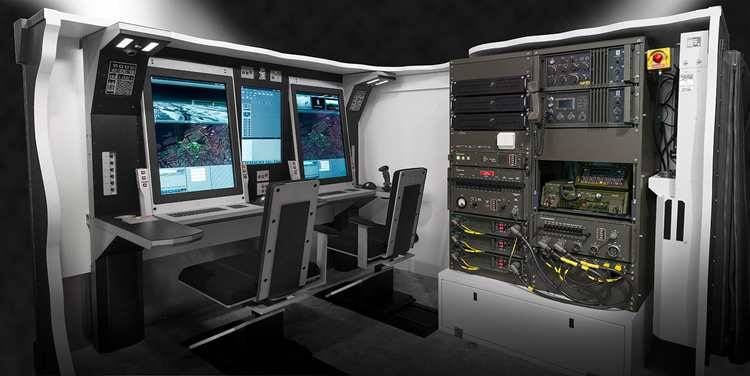
Kongsberg also independently developed a command post. It includes two vans with cabins for calculation and necessary equipment. Such a command post processes data from the radar and OLS, and also distributes targets and controls fire weapons. KP and battery can work independently or in conjunction with other air defense systems. In the latter case, NASAMS receives target designation from outside or transmits its data.
The launcher is a transportable stationary platform with a lifting and turning package of six rails. Before firing, the installation is turned towards the target; horizontal guidance is provided.
The serial NASAMS complex uses an American-designed AIM-120 AMRAAM rocket, converted for ground launch. The missile is equipped with an active radar homing head and carries a high-explosive fragmentation warhead. The firing range from a ground launcher reaches 20 km, the reach in height is 16 km. As part of the new modernization project, it is planned to introduce the AMRAAM-ER missile, which will increase the range to 40 km.
In general, the NASAMS product in all modifications is a fairly successful modern short-range air defense system with good performance characteristics. It can be used as one of the elements of a layered air defense and provide protection for important facilities and areas. However, there are objective limitations. In particular, the complex is characterized by a certain complexity of deployment, and also cannot work effectively outside of a full-fledged defense system.
Potential deliveries
Norway has not yet responded to the request of the Ukrainian President for the supply of NASAMS air defense systems and other weapons. Nevertheless, even now it is possible to consider the possibility of transferring such equipment and determine its likelihood, practical prospects, etc. Moreover, the result of such consideration is predictable.
Most likely, Norway will not send its air defense systems to Ukraine. The fact is that it will not be possible to manufacture new equipment within a reasonable time, and the transfer of complexes from the presence threatens their own security. At the same time, the return of the transferred equipment is not guaranteed, and the Norwegian army will have to purchase a new one for itself.
Such assistance would be unacceptably expensive. Thus, in recent contracts, the cost of a full NASAMS battery was at the level of 75-80 million dollars. Prices for rockets reach 2-4 million dollars. not to be counted.
However, another, unlikely scenario should be considered, in which Ukraine will still be supplied with Norwegian air defense systems. It is obvious that this will not bring any benefit. So, the Ukrainian army does not have time to master them. Complexes need calculations, the preparation of which is complex and time-consuming. In the current situation, the Ukrainian army simply does not have the time to master complex imported equipment. The arrival of foreign settlements is also not to be expected - this will have political consequences.
The NASAMS air defense system is designed to operate in a layered air defense system. Previously, Ukraine had a similar defense, but by now it has ceased to exist. Under such conditions, the Norwegian complexes will not be able to realize their full potential.
Moreover, working alone and without adequate support, NASAMS will become a fairly easy target for Russian strikes. The destruction of such air defense will not take much time - our army has a variety of means of destruction and can choose the most suitable one. At the same time, foreign air defense systems will not be able to give a decent answer and protect themselves, not to mention other objects.
Waiting for rejection
Thus, the situation around NASAMS complexes is simple and predictable. Norway is unlikely to transfer them to Ukraine in order to avoid problems for its own defense and budget. However, the transfer of such technology will not give any results. If the Ukrainian army is able to bring it to duty, it will not last too long and will end in destruction.
All this allows us to imagine how the situation will develop further. Norway will ignore the Ukrainian request for an air defense system or officially refuse it. As a result, the Ukrainian army will have to rely on its remaining air defense assets - which are becoming less and less.
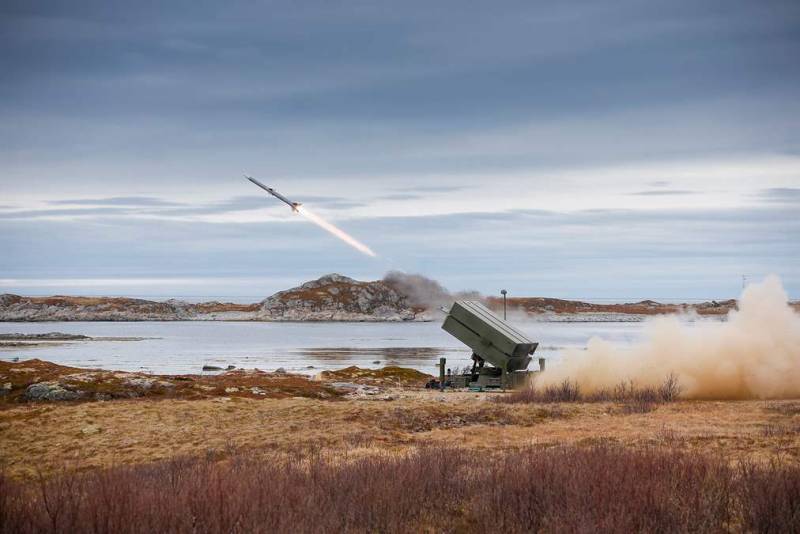
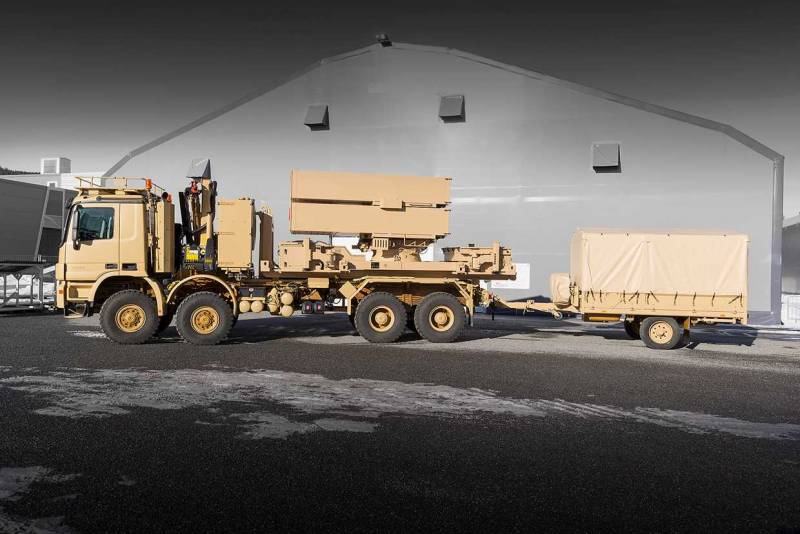
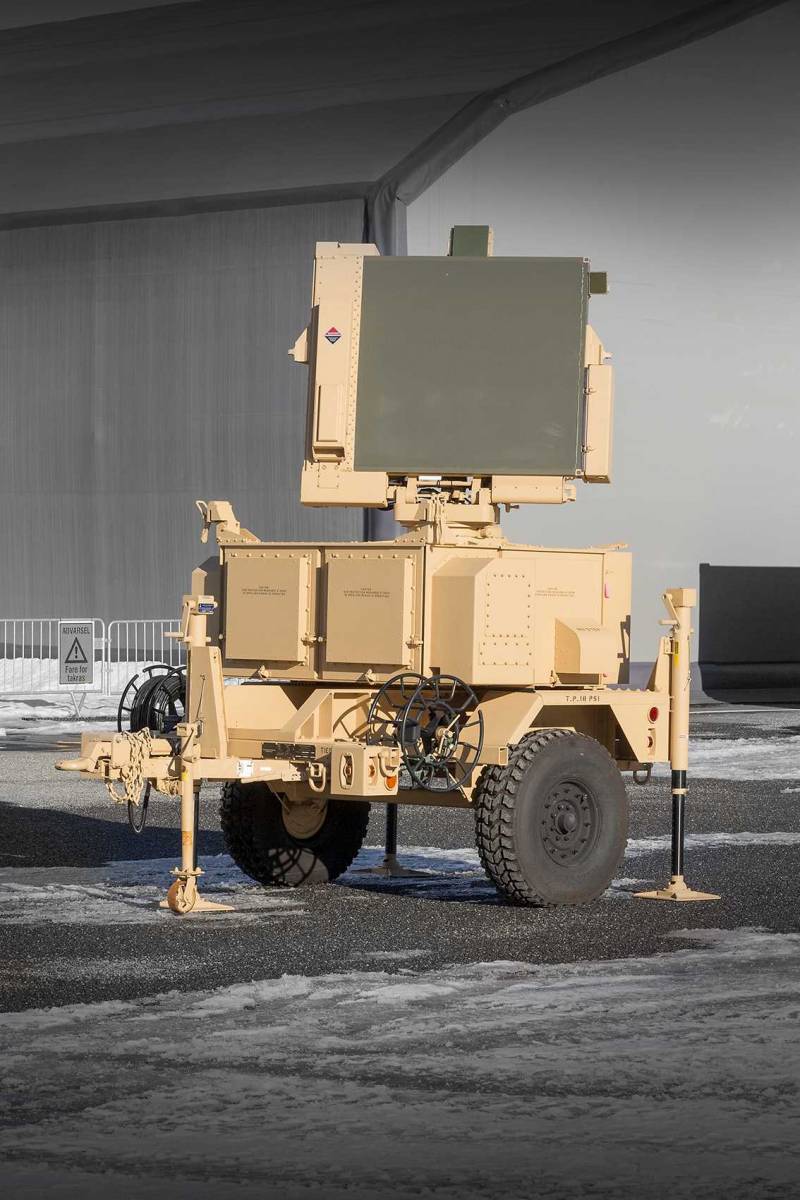
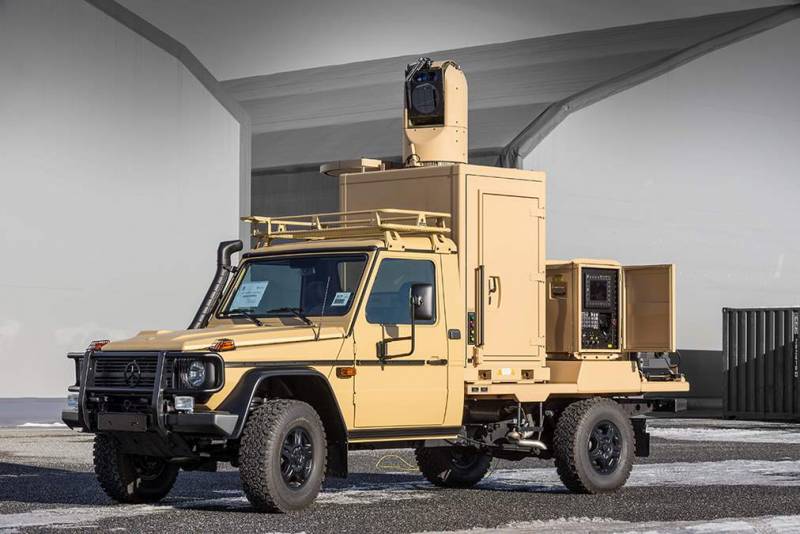
Information